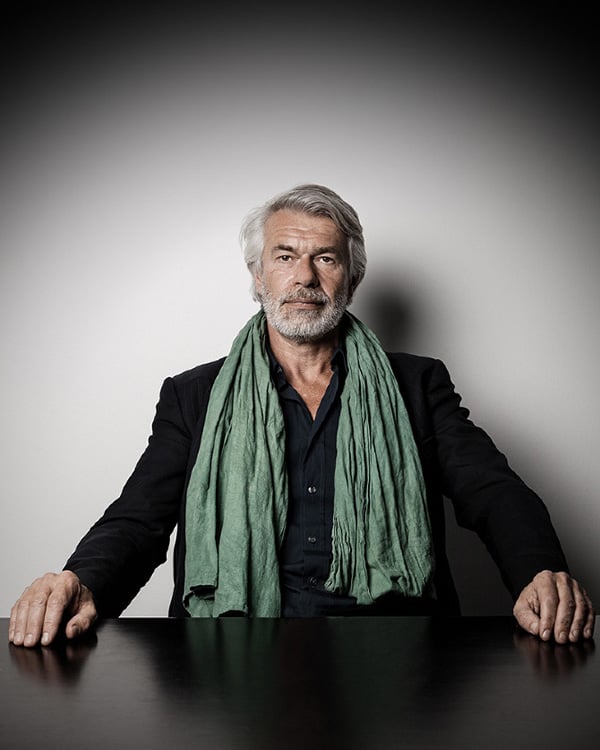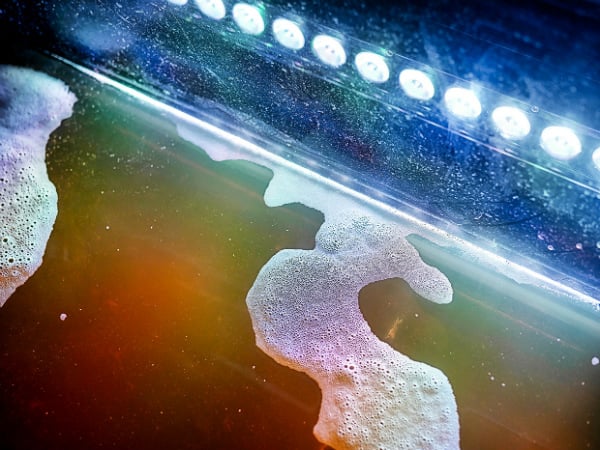Art & Exhibitions
Chris Dercon Praises Berghain, Berlin’s Most Notorious Techno Temple
The director of Tate Modern seems to enjoy a good night at the club.

Image: via eastwest.ba
The director of Tate Modern seems to enjoy a good night at the club.

Hili Perlson

Berlin’s most notorious night club, the techno and sex fueled Berghain, became a household name in America last week when Homeland actor Claire Danes went on the Ellen Degeneres show and told her host about the wonders and revelries taking place day and night in what Rolling Stone, the New York Times, and DJ Mag have all described as the world’s best nightclub.
Now, in a review written for Berlin-based Electronic Beats magazine—a quarterly dedicated, as the name suggests, to electronic music—Chris Dercon, curator and outgoing director of Tate Modern, waxed philosophical about the techno temple’s architecture, making the link between sexuality and space.
Dercon penned the review on the occasion of the launch of Kunst im Klub, a new publication dedicated to the numerous art exhibitions that took place inside the impressive, ominous architecture of the club’s converted neoclassical power plant in the first decade of its existence. He writes:
“Undeniably, the essays, images, and graphic design of the recent book Berghain | Kunst im Klub call our attention to the structure of a homoerotic look transacted through space. The architecture of queer visibility, which this book covers in detail, troubles the heterosexist perspective by overturning the social rules forbidding male spectacle within public space.”
In addition to hard techno and fetish parties, contemporary art has always played an important role in Berghain’s identity: A vast mural by Piotr Nathan is the first thing clubbers see when entering the space, Joseph Marr’s sculptures are installed under the counter of a glass bar, and Wolfgang Tillmans’s large-scale photographs hang in the club’s second floor Panorama Bar. Painter Norbert Bisky has created set design for a ballet staged at the club, and the artist and musician Carsten Nicolai hosts regular nights at the club with his experimental electronic music label Raster Noton.
In his review, Dercon quotes Tillmans as saying: “The atmosphere in a (good) club is like art is supposed to be: it’s totally open and doesn’t tell you what to think.” A statement which prompts Dercon to think about his own reaction to the club’s logo, depicted on the book’s cover: “Had I therefore also seen on and in [the book’s] cover an abstract rendering of the male anus in Wolfgang Tillmans’s Phillip, close-up III from 1996, which once adorned the Panorama Bar, and which is reproduced in full glory twice in the book?”

Sarah Schoenfeld Hero’s Journey (Lamp), (2014) was shown at the club’s 10 exhibition.
Photo:© Zsu Szabo Courtesy the artist.
Interestingly, many of Berghain’s staff are artists and performers, and most of the artists featured in the publication are current or former employees. A work by artist Sarah Schoenfeld, a former bar staff, caught Dercon’s attention in particular:
“As far as fluids are concerned, Sarah Schoenfeld’s Hero’s Journey (Lamp) from 2014, an illuminated glass case filled with a thousand liters of urine she collected and preserved in the club’s toilets, is one of the most poignant works on view. The urine shines like the gold in a Byzantine church. It is an image of salvation.”
In 2017, Dercon will take up his new position as artistic director of the experimental Berlin-based theater Volksbühne. It wouldn’t be surprising if he also becomes a Berghain regular.